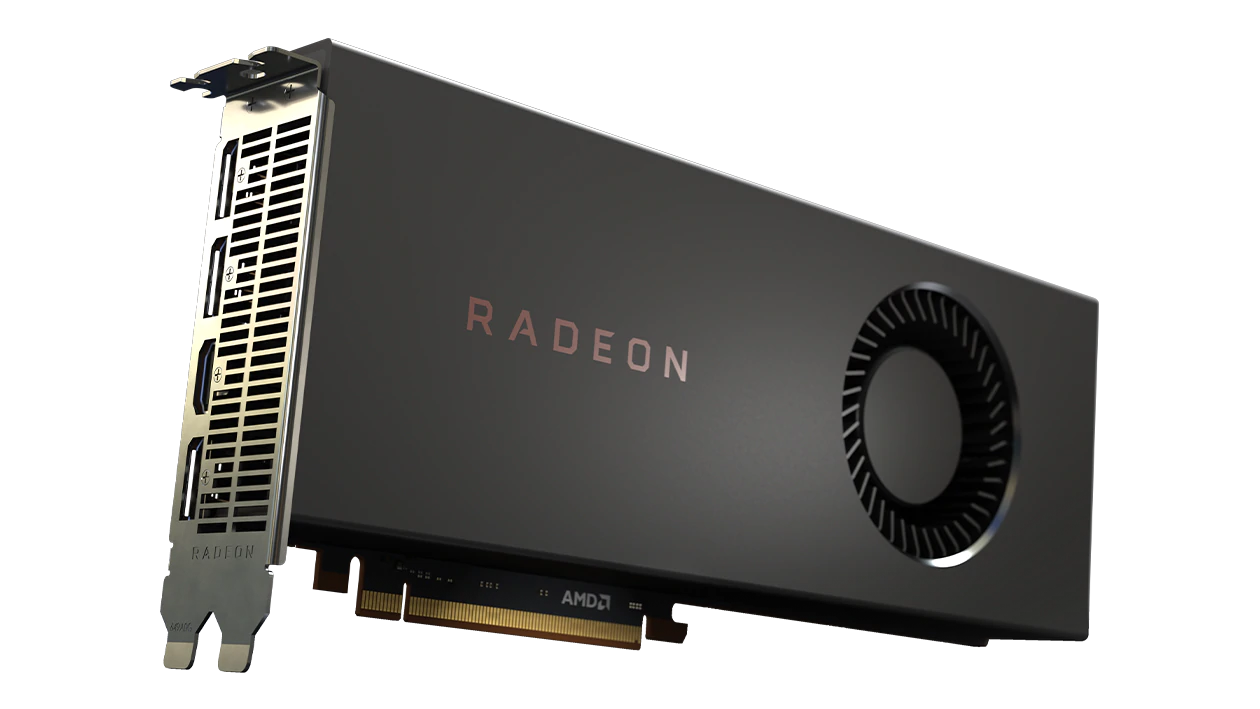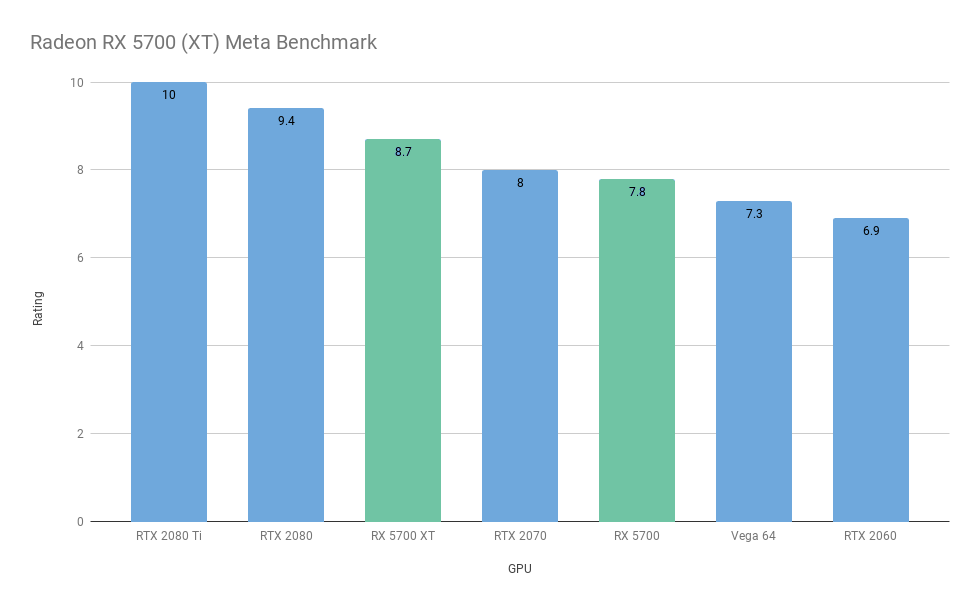Yesterday AMD not only released the Ryzen 3000 series, the company also released two new graphics cards. I guess they didn’t want to make the life of reviewers too easy.
Those two cards are:
- The Radeon RX 5700 XT, with a launch price of $399/420€, a boost clock of 1905 MHz and 225W TDP.
- The Radeon RX 5700, with a launch price of $350/370€, a boost clock of 1725 MHz and 180W TDP.
And to everyone’s big surprise those cards are actually good and priced competitively.
Why is that surprising? It’s because of AMD’s recent track record with gpu launches. Over the last years the company had a dual strategy: Releasing iterations of the Radeon HD 7800/7900 cards (that were high end in 2012) and at the same time placing new experiments on the market. The first part of that strategy worked somewhat: The current iteration of the Radeon HD line is the Radeon RX 500 series, and the RX 570 and RX 580 are great cards – at the lower end of the market up to 200 bucks. While the second iteration, R9 290X, was still a high end card, its current version – the RX 590 – sits at position 17 of the meta benchmark. Nvidia’s stronger cards play in a different league.
At the same time the experiments and efforts to place a card at that level failed. Fury still tackled the high end (at that time defined by the GTX 980 Ti), but was a bit behind. It took a while till a successor was released. Vega was hyped a lot, but suffered from high energy usage, being loud at load and being unavailable during the crypto bubble. And finally the recent Radeon VII was slower than cheaper alternatives by Nvidia.
Despite that history the Radeon RX 5700 and 5700 XT look great:
Please check this comparison page to see which games and reviews went into that rating.
In the meta benchmark, the Radeon RX 5700 XT reaches the 5th position, right below the way more expensive Radeon VII. And the smaller Radeon RX 5700 follows two positions below, above Vega 64, GTX 1080 an RTX 2060. That’s especially nice because of their energy usage: Yes, those are with 225W and 180W still energy hungry cards, but their competition does not need less to reach their performance. The RTX 2080 is also at a TDP of 225W, the Vega 64 is at 300W(!), the (slower) RTX 2060 still at 160W.
Missing in that benchmark are the RTX Super cards. They are not in there because they are not released yet. But benchmarks are out, and it’s clear the RTX 2060 Super is at the performance level of a RTX 2070 and the RTX 2070 Super a bit below a RTX 2080. Which in effect means the RX 5700 and RX 5700 XT are still competitive, in absolute performance and price/performance.
One drawback is the cooler. Till now only a reference version is available, and the blower style cooler gets loud under load. It seems to be better than at the Vega release, but it is still not ideal. Partner cards should fix that in August.

